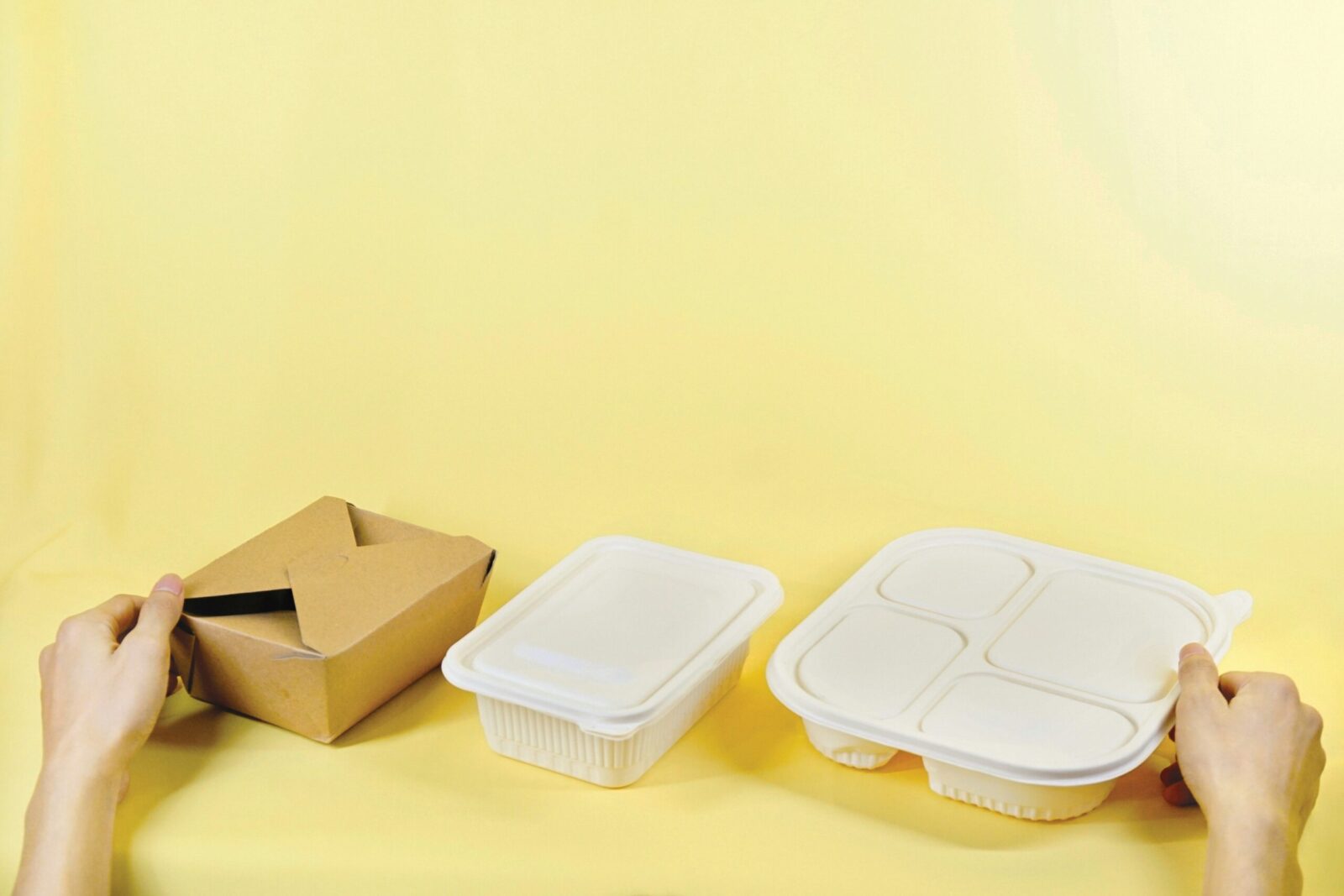
Mikä on EN 13432 -standardi?
Biohajoavista pakkauksista on tullut viime vuosina yhä tärkeämpiä, kun maailma etsii kestävämpiä vaihtoehtoja perinteisille pakkausmateriaaleille. Yksi alalla laajalti tunnustettu standardi...
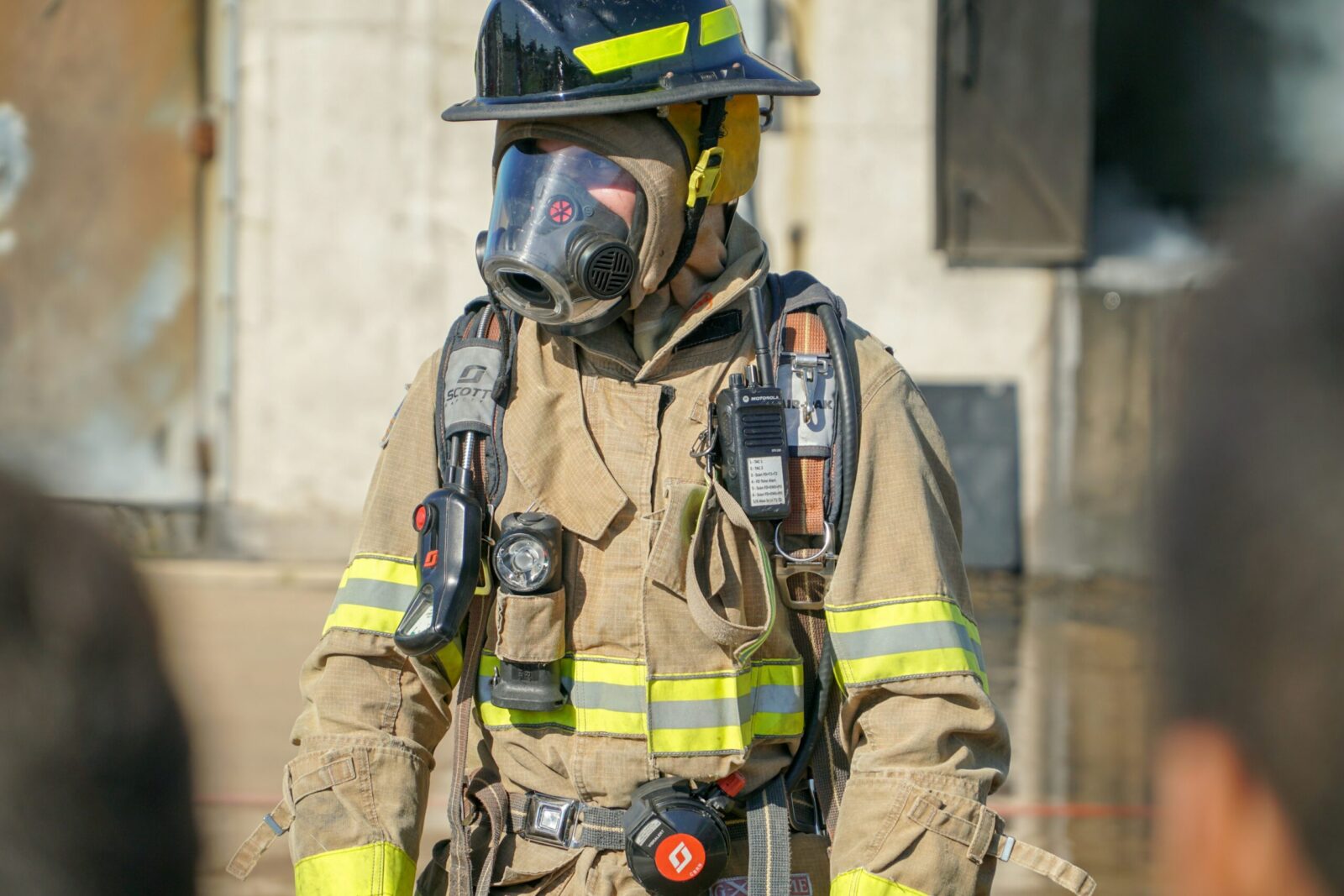
Saa 20€ alennusta ensitilauksesta!

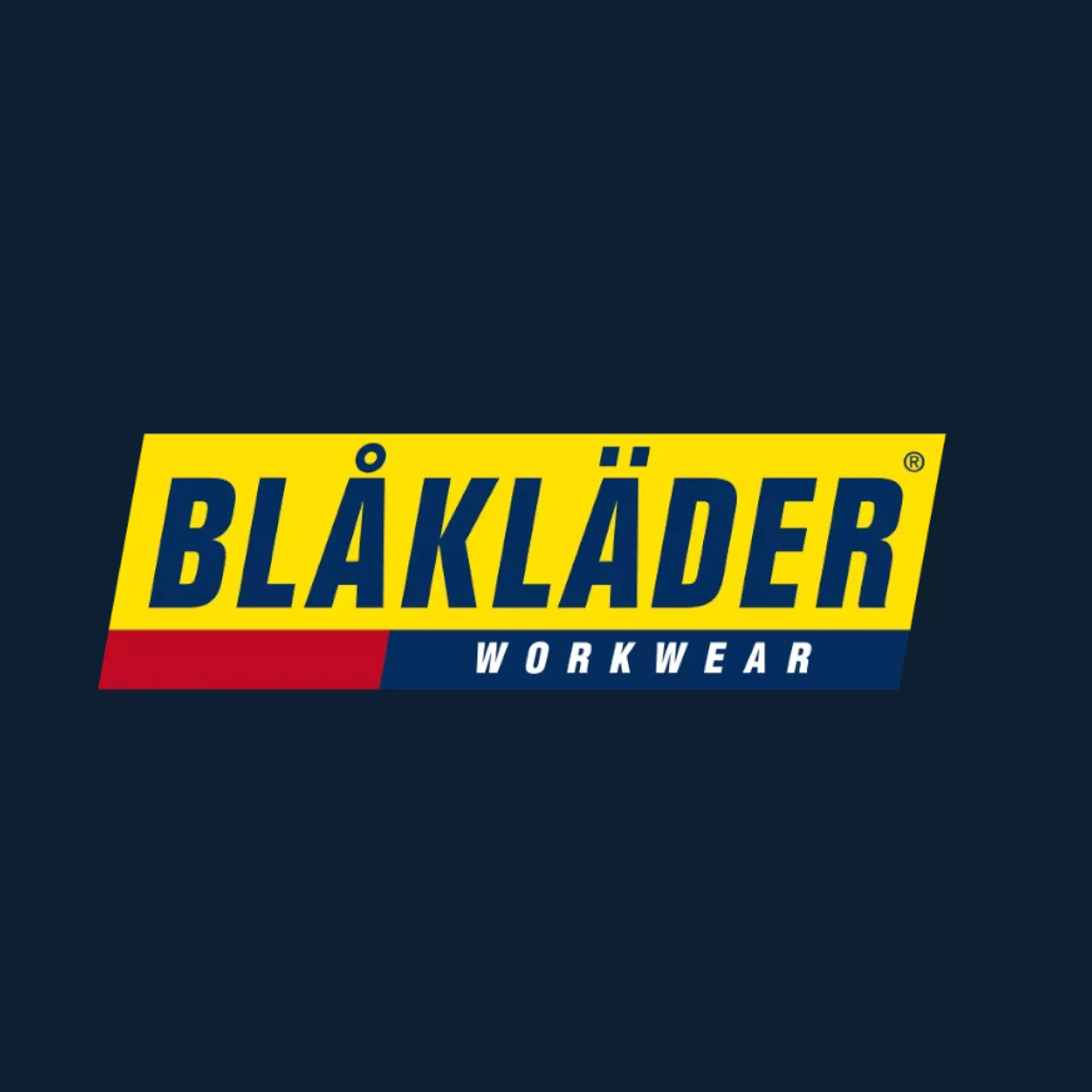





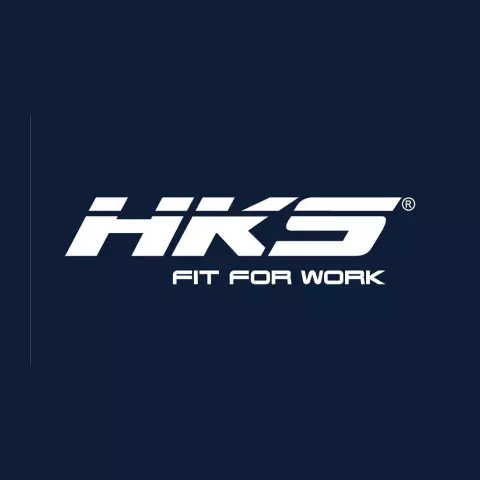


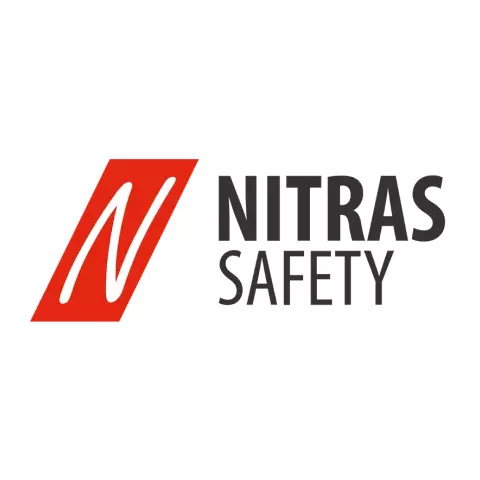




















EN 14387 -standardi on tärkeä ohje työturvallisuuden alalla. Siinä määritellään vaatimukset kaasu- ja yhdistelmäsuodattimille, joita käytetään hengityssuojaimissa työntekijöiden suojaamiseksi haitallisilta kaasuilta, höyryiltä ja hiukkasilta. Jos työskentelet esimerkiksi kemiantehtaalla, hengityssuojaimesi suodattimien on täytettävä EN 14387 -standardin vaatimukset riittävän suojan varmistamiseksi.
Tässä standardissa esitetään suorituskykyvaatimukset ja testausmenetelmät eri suodatintyypeille, jotka on merkitty värikoodilla ja merkinnällä. Esimerkiksi “A”-merkinnällä varustettu kaasusuodatin on suunniteltu orgaanisille kaasuille ja höyryille, kun taas “B”-merkinnällä varustettu suodatin soveltuu epäorgaanisille kaasuille. Nämä suodattimet on testattava tiukasti esimerkiksi kaasujen läpimenoaikojen ja mekaanisen lujuuden osalta.
EN 14387 -standardin ymmärtäminen auttaa työnantajia ja turvallisuusalan ammattilaisia valitsemaan sopivia suodattimia ja vähentämään vaarallisille aineille altistumisen riskiä. Varmistamalla tämän standardin noudattamisen organisaatiot voivat ylläpitää turvallisempaa työympäristöä erityisesti kemikaaleja, valmistusta ja maalausta käsittelevillä teollisuudenaloilla. Tässä artikkelissa syvennytään EN 14387 -standardin erityispiirteisiin ja autetaan sinua ymmärtämään, miten sitä sovelletaan työpaikallasi ja miten se voidaan panna tehokkaasti täytäntöön.
ISO 16900-4 -standardiin perustuvassa kaasukapasiteettitestissä mitataan suodattimen kykyä suojautua eri kaasuilta. Testin aikana suodattimet altistetaan jatkuvalle kaasuvirralle, jonka pitoisuus ja virtausnopeus on määritelty. Läpimurtoaika mitataan sen määrittämiseksi, milloin epäpuhtauksien pitoisuus virtaussuuntaan saavuttaa tietyn tason.
Tuloksia tulkitaan vertaamalla läpimurtoaikoja tiettyjen kaasujen vähimmäissuorituskykyvaatimuksiin. Esimerkiksi orgaanisilla höyryillä (kiehumispiste > 65 °C) testattujen A-suodattimien on kestettävä vähintään 70 minuuttia 1000 ppm:n pitoisuudessa. “B-suodattimet testataan epäorgaanisilla kaasuilla, kuten kloorilla ja rikkivedyllä, ja E-suodattimet arvioidaan happamilla kaasuilla, kuten rikkidioksidilla. “K-suodattimien on kestettävä ammoniakkia ja amiineja, Hg-P3-suodattimet testataan elohopeahöyryille ja CO-P3-suodattimien on otettava talteen hiilimonoksidi. Kunkin suodatintyypin on täytettävä tai ylitettävä vaadittu läpimurtoaika läpäistäkseen testin.
EN 13274-7 -standardiin perustuvassa tunkeutumistestissä arvioidaan suodattimen tehokkuutta hiukkasten pidättämisessä. Suodattimet testataan natriumkloridiaerosolilla (NaCl) kiinteiden hiukkasten osalta tai parafiiniöljyaerosolilla nestemäisten hiukkasten osalta. Testissä mitataan, kuinka paljon aerosolia tunkeutuu suodattimen läpi. Tuloksissa suodattimet luokitellaan kolmeen luokkaan hiukkasten läpäisyprosentin perusteella: P1 (≥ 80 prosentin tehokkuus), P2 (≥ 94 prosentin tehokkuus) ja P3 (≥ 99,95 prosentin tehokkuus). Esimerkiksi P3-suodattimen läpäisevyyden on oltava alle 0,05 prosenttia, jotta se läpäisee testin.
Tukkeutumiskestävyystestissä simuloidaan altistumista korkeille pölypitoisuuksille käyttämällä dolomiittipölyaerosolia. Testin aikana suodattimet altistetaan tälle aerosolille, ja sekä painehäviö että hiukkasten tunkeutuminen mitataan. Suodattimien on läpäistävä testi, jotta niiden hengitysvastus ja hiukkasten tunkeutuminen pysyvät hyväksyttävinä. Esimerkiksi P3-suodattimen hiukkasten tunkeutumisen on pysyttävä alle 0,05 prosentissa ja painehäviön määritellyissä rajoissa, jotta varmistetaan tehokas suojaus pitkäaikaisessa käytössä pölyisissä ympäristöissä.
ISO 16900-3 -standardiin perustuvassa hengitysvastustestissä mitataan suodattimen painehäviö sekä sisään- että uloshengityksen aikana tietyillä virtausnopeuksilla. Tämä auttaa määrittämään, kuinka helppoa suodattimen läpi on hengittää. Tulokset luokitellaan tiettyihin raja-arvoihin virtausnopeuden perusteella. Esimerkiksi suodattimien painehäviön tulisi pysyä alle asetettujen raja-arvojen, jotta hengittäminen olisi mukavaa ja tehokasta. Alhaisempi painehäviö merkitsee vähäisempää vastusta, mikä lisää käyttäjän mukavuutta ja tarjoaa samalla tehokkaan hengityssuojauksen.
Mekaanisen lujuuden testissä arvioidaan suodattimen kestävyyttä käsittely- ja käyttöolosuhteissa. Siihen kuuluu pudotus- ja tärinätesti, jossa suodattimet altistetaan mekaanisille iskuille ja tärinälle. Tämän jälkeen tehdään silmämääräinen tarkastus, jolla varmistetaan, että rakenteelliset vauriot tai muodonmuutokset eivät vaikuta suorituskykyyn. Suodattimen on pysyttävä ehjänä ja toimivana ja osoitettava, että se kestää jokapäiväistä kulutusta. Näin varmistetaan, että suodatin suojaa tasaisesti myös sen jälkeen, kun sitä on käsitelty kovakouraisesti tai se on altistunut tärinälle käytön aikana.
EN 14387 -standardin mukaisten suodattimien merkintöjen ymmärtäminen on tärkeää oikean suojan valitsemiseksi. Jokainen suodatin on merkitty kirjaimella, joka osoittaa, minkä tyyppiseltä kaasulta se suojaa: “A” orgaanisille kaasuille (kiehumispiste > 65 °C), “B” epäorgaanisille kaasuille, “E” happamille kaasuille, “K” ammoniakille ja amiineille, “Hg” elohopeahöyryille ja “CO” hiilimonoksidille. Kirjaimen perässä on numero, joka edustaa suodatinluokkaa kapasiteetin perusteella: “1” tarkoittaa pientä kapasiteettia, “2” keskikapasiteettia ja “3” suurta kapasiteettia. Yhdistelmäsuodattimissa on myös hiukkassuojausta kuvaava “P” (P1, P2 tai P3), joka ilmaisee suodattimien tehokkuuden kiinteitä ja nestemäisiä hiukkasia vastaan. Esimerkiksi merkintä “A2P3” tarkoittaa, että suodatin suojaa orgaanisilta kaasuilta keskikapasiteetiltaan ja suodattaa hiukkasia erittäin tehokkaasti.
| Merkintä | Ilmoittaa | Selitys |
|---|---|---|
| A | Orgaaniset kaasut/höyryt | Suojaa orgaanisilta kaasuilta ja höyryiltä, joiden kiehumispiste on > 65 °C. |
| B | Epäorgaaniset kaasut | Suojaa epäorgaanisilta kaasuilta, kuten kloorilta ja rikkivedyltä. |
| E | Happamat kaasut | Suojaa happamilta kaasuilta, kuten rikkidioksidilta. |
| K | Ammoniakki ja amiinit | Suojaa ammoniakilta ja amiineilta |
| Hg | Elohopeahöyry | Erityisesti elohopeahöyryltä suojautumista varten |
| CO | Hiilimonoksidi | Suojaa hiilimonoksidilta |
| P1 | Hiukkastehokkuus (≥ 80 %) | Pienitehoinen hiukkassuodatus |
| P2 | Hiukkastehokkuus (≥ 94 %) | Keskitehokas hiukkassuodatus |
| P3 | Hiukkastehokkuus (≥ 99,95 %) | Korkean hyötysuhteen hiukkassuodatus |
| 1 | Suodatinluokka (pieni kapasiteetti) | Ilmaisee pienikapasiteettista kaasun/höyryn suodatusta. |
| 2 | Suodatinluokka (keskikapasiteetti) | Osoittaa keskikapasiteettista kaasun/höyryn suodatusta. |
| 3 | Suodatinluokka (suuri kapasiteetti) | Ilmaisee suuren kapasiteetin kaasu-/höyrysuodatusta. |
EN 14387 -standardin mukaisia tuotteita käytetään eri teollisuudenaloilla, joilla tarvitaan luotettavaa hengityssuojainta. Kemianteollisuudessa työntekijät turvautuvat näihin suodattimiin suojautuakseen orgaanisilta höyryiltä ja happamilta kaasuilta. Maalausliikkeiden työntekijät käyttävät niitä liuotinhöyryiltä suojautumiseen, ja kaivostoiminnassa ja metallien jalostuksessa ne suojaavat työntekijöitä myrkyllisiltä kaasuilta, kuten rikkivedyltä. Myös laboratoriot käyttävät niitä käsitellessään vaarallisia kemikaaleja. Rakennustyöntekijät tarvitsevat niitä pölyltä ja kaasuilta suojautumiseen, kun he työskentelevät eristys- tai purkutöissä, joissa on mukana asbestia. EN 14387 -suodattimien monipuolisuuden ansiosta ne ovat välttämättömiä terveyden suojelemiseksi useissa riskialttiissa ympäristöissä.
EN 14387 -standardi asettaa kaasu- ja yhdistelmäsuodattimille ratkaisevan tärkeät suuntaviivat, joilla varmistetaan luotettava hengityssuojaus erilaisissa riskialttiissa ympäristöissä. Ymmärtämällä testimenetelmät, merkinnät ja luokitukset työnantajat ja turvallisuusalan ammattilaiset voivat valita oikeat suodattimet tarpeisiinsa. Olitpa sitten kemianteollisuudessa, kaivostoiminnassa tai rakennusalalla, tämän standardin noudattaminen auttaa ylläpitämään turvallisempaa työpaikkaa vähentämällä tehokkaasti altistumista vaarallisille aineille. Aseta etusijalle EN 14387 -standardin vaatimukset täyttävät tuotteet työntekijöiden terveyden suojelemiseksi ja säännösten noudattamisen varmistamiseksi.
Kiitos! Opas aukesi uuteen välilehteen.









Biohajoavista pakkauksista on tullut viime vuosina yhä tärkeämpiä, kun maailma etsii kestävämpiä vaihtoehtoja perinteisille pakkausmateriaaleille. Yksi alalla laajalti tunnustettu standardi...
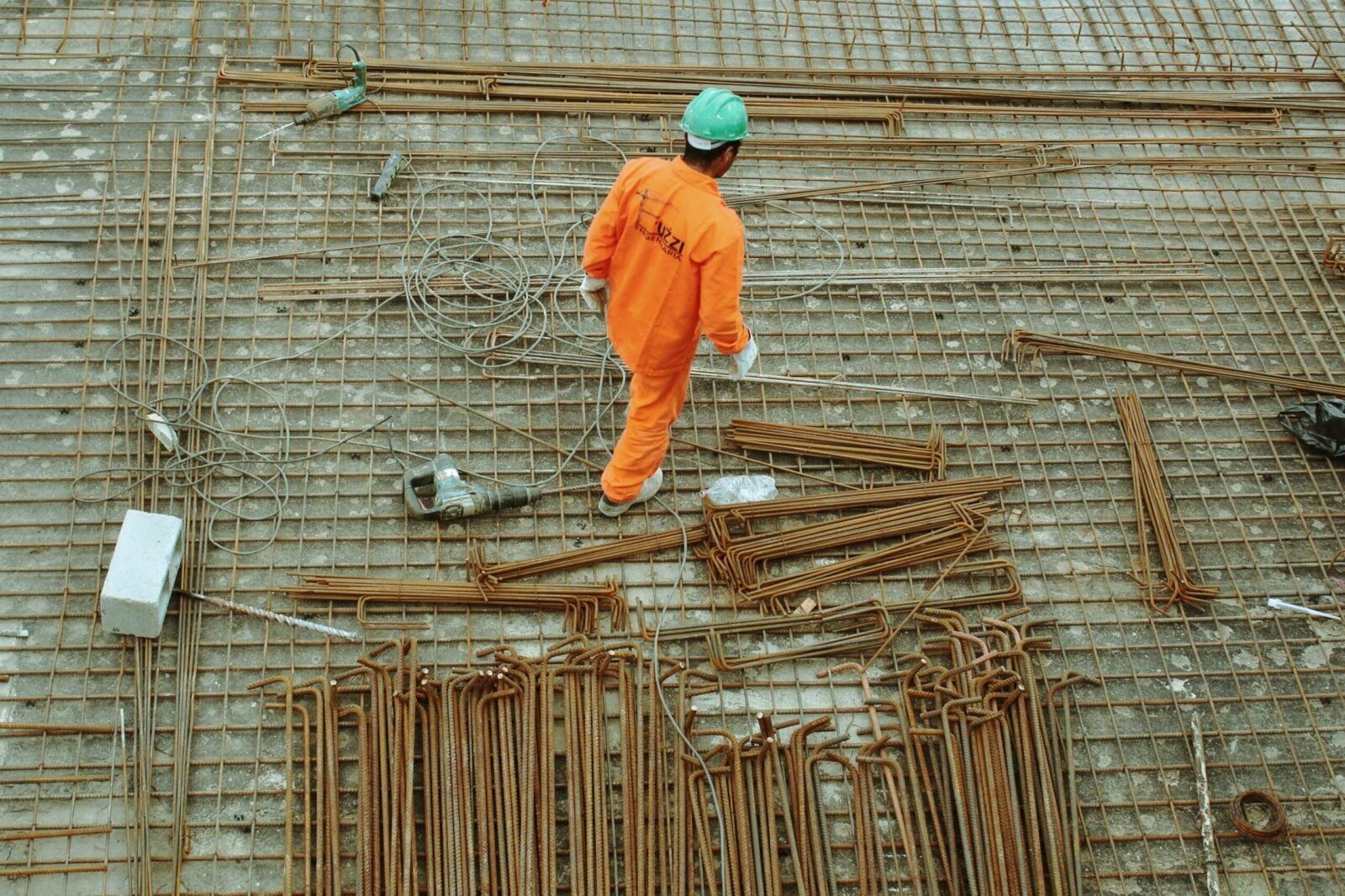
EN 1149-5 -standardi määrittelee vaatimukset staattista sähköä purkaville suojavaatteille. Tämä standardi varmistaa, että vaatteet minimoivat staattisen sähkön kertymisen, vähentäen kipinöiden...

The EN 13034 standard is a key regulation in the world of personal protective equipment (PPE). It defines the requirements...

Biohajoavista pakkauksista on tullut viime vuosina yhä tärkeämpiä, kun maailma etsii kestävämpiä vaihtoehtoja perinteisille pakkausmateriaaleille. Yksi alalla laajalti tunnustettu standardi...

EN 1149-5 -standardi määrittelee vaatimukset staattista sähköä purkaville suojavaatteille. Tämä standardi varmistaa, että vaatteet minimoivat staattisen sähkön kertymisen, vähentäen kipinöiden...

The EN 13034 standard is a key regulation in the world of personal protective equipment (PPE). It defines the requirements...
Saat 20 € alennusta ensimmäisestä tilauksestasi!
Säästä 30 % ostamalla suoraan brändeiltä ja saat lisäksi 10 € alennusta yli 100 € tilauksista
Sparen Sie 30 %, indem Sie direkt von Marken kaufen, und erhalten Sie zusätzlich 10 € Rabatt auf Bestellungen über 100 €